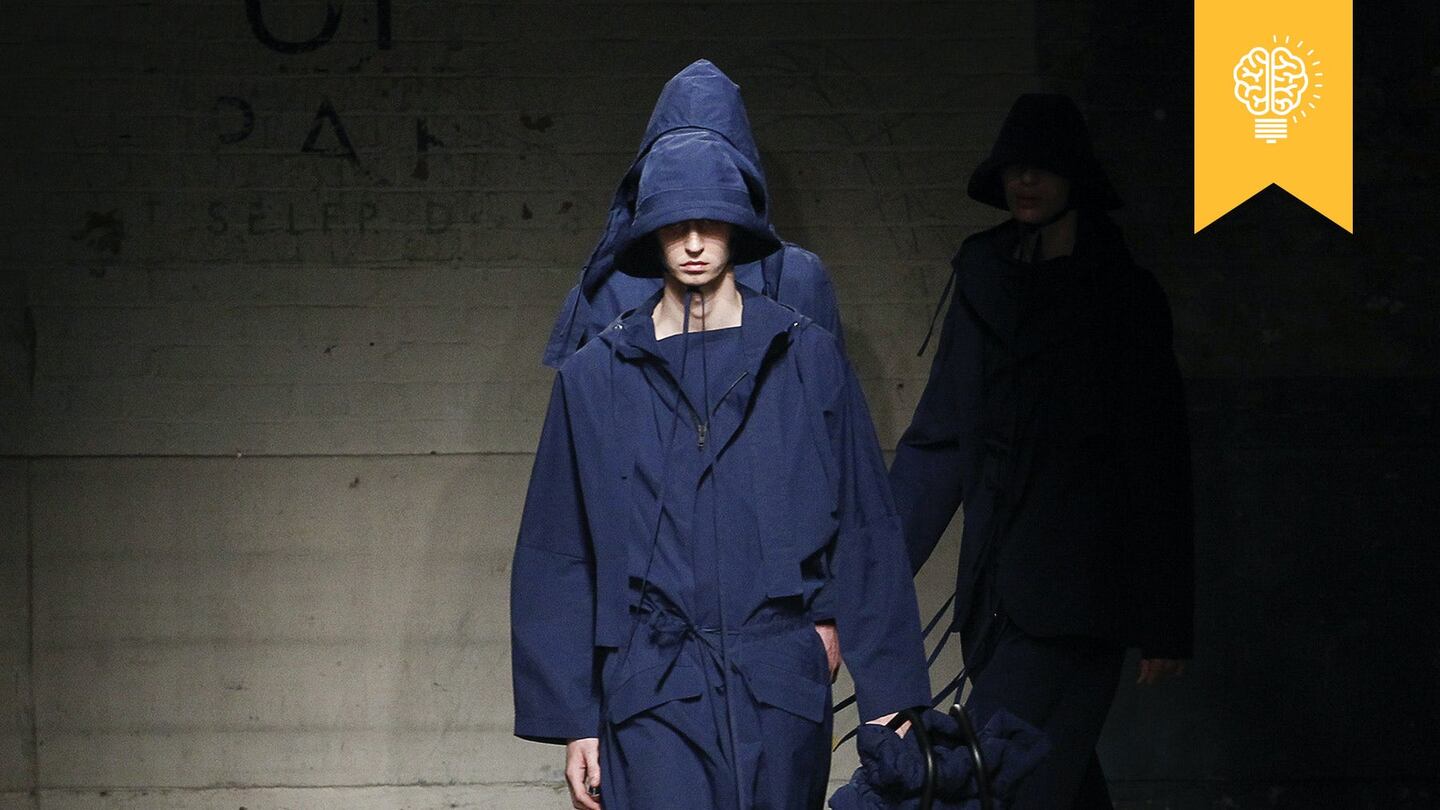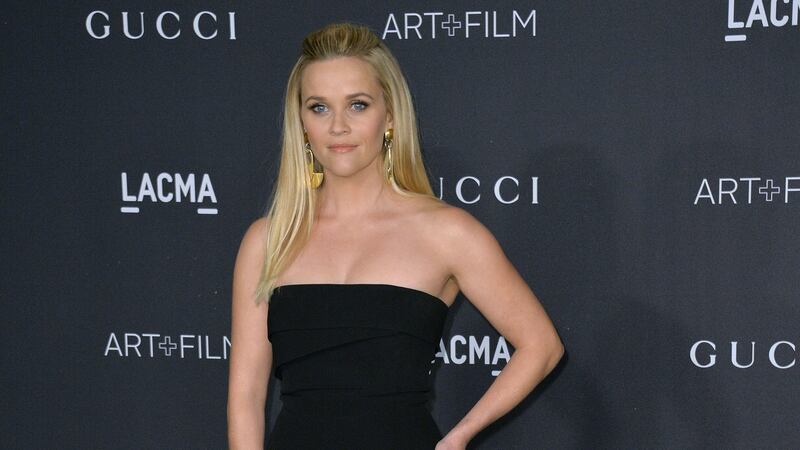
The Business of Fashion
Agenda-setting intelligence, analysis and advice for the global fashion community.

Agenda-setting intelligence, analysis and advice for the global fashion community.

Hello BoF Professionals, your exclusive weekly briefing is ready, with members-only analysis and a digest of the week’s top news. Don't forget to download the BoF Professional iPhone app.
Another year, another endless stream of fashion weeks flooded with runway shows and presentations whose purpose is increasingly bleary. None so much as the men's shows in the four major fashion capitals, which big name brands have abandoned in droves, opting in many cases to stage mixed-gender shows timed with the women's schedule instead. In December alone, Moncler, J.W. Anderson, Acne Studios and Balenciaga each announced the unification of their men's and women's shows, none of which plan on showing on the men's schedule.
Dual-gender shows make sense on many levels: they allow brands to shave down production costs, communicate a consistent message and virtually guarantee high-quality RSVPs.
As the travel budgets of buyers and editors continue to shrink, they have become more selective about which fashion weeks they choose to attend and when. In some cases, it may be more prudent, even for a menswear buyer, to attend a women's fashion week that includes several major mixed-gender shows — and when more people will be in town for networking — than a men's fashion week that's lacking star power. It's easier than ever, thanks to new-fangled services like online wholesale showroom Ordre and good old-fashioned email, to write purchase orders remotely.
ADVERTISEMENT
While the mixed-gender format helps to strengthen women’s fashion weeks across the board — even couture, which has become an increasingly popular platform — it means that the hollowed-out men’s weeks are no longer must-attend events, resulting in diminished exposure for the brands and diminished revenue for the host cities that rely on hotel, transportation and food expenditures to boost their economies during these weeks.
New York and London have suffered the most, though the Milan calendar is also looking comparatively light this season. Even in Paris, which still possesses some of the gravitas of fashion weeks’ past, there has been a pockmarking of the schedule.
New York Fashion Week: Men's, which launched six seasons ago, has failed to consistently attract top talent, although it has linked its men’s and women’s showcases in February, effectively returning to a single fashion week format. New York transplant Raf Simons will show his men’s collection on Wednesday night, the evening before the start of the women’s shows. The hope, of course, is that the bridge of Simons will attract more high-profile attendees to both events.
The following NYFW: Men’s will take place as usual in July 2018, over a month ahead of the women's shows that happen in September, although whether or not it will stay there is unclear. “The season will provide a test for the convergence of the two,” says Steven Kolb, president and chief executive of the Council of Fashion Designers of America, the trade organisation that manages the city’s fashion week calendars.
In London, anchor brands including Burberry and J.W. Anderson have gone mixed gender, abandoning the men’s schedule and inadvertently putting pressure on celebrated newcomers Grace Wales Bonner and Craig Green to hold down the fort.
Indeed, dedicated men’s fashion weeks remain important to the emerging labels that populate them. The future lies in repositioning these events as platforms for new talent. Before NYFW: Men’s existed, there was New York Men's Day, established by Erin Hawker, founder of public relations agency Agentry, in an effort to showcase up-and-comers in a compact, easy-to-navigate venue.
This season, Milan’s Men’s Fashion Week is anchored by Armani and Fendi, but it has increased its promotion of emerging labels including Sartorial Monk, Federico Curradi, Sulvam, Sunnei and Yoshio Kubo, which are showing with the support of the Camera Nazionale della Moda Italiana. “This is a great occasion for emerging designers,” said Carlo Capasa, president of the organisation.
However, offering designers financial support is just the beginning. These organisations must scout top-notch talent and recruit them to participate, then create compelling programming around those talents that gives potential attendees FOMO with the thought of skipping.
ADVERTISEMENT
After all, the industry players who drive the men’s market, which represents 40 percent of the entire apparel industry, are still hungry for new ideas and concepts. Perhaps Pitti Uomo — the Florence trade show that takes place after the shows in London and before those in Milan — does this best. There may only be a few actual runway shows and presentations, but executives and editors look forward to the experience of networking at relaxed, celebratory dinners and discovering new brands on the not-your-average exhibition floor. It doesn’t hurt that one of Italy’s most beautiful cities serves as Pitti’s backdrop.
To be sure, creating a similar feeling at any men’s fashion week is not an easy task. And yet, there is value in staging real-life experiences and delivering them in a considered, thoughtful format. It’s time for Men’s Fashion Week to replatform.
THE NEWS IN BRIEF
BUSINESS AND THE ECONOMY
Few retailers expected to capture holiday season sales increase. Even though the 2017 Christmas shopping season is expected to see the most growth in over a decade, increasing about 5 percent, only a few major players such as Amazon and Walmart will reap the benefits, according to preliminary results. Consumers are also investing in experiences over products, and retailers continue to miss out on discretionary spending.
Beautycounter raises a reported $65 million. The clean beauty brand, known for its extensive list of banned chemicals and network of peer-to-peer sales consultants, announced a new round of funding led by Mousse Partners Limited, the family office run by Charles Heilbronn, half-brother to Chanel's Alain and Gérard Wertheimer. Beautycounter plans to use the new capital to invest in a "more robust" omnichannel business, as well as technology and brand marketing. Reports now value the company at $400 million.
L Brands reports disappointing holiday sales. Shares of the Victoria's Secret owner fell as much as 15 percent, the most in 10 months, after it reported disappointing same-store sales for December. The retailer's updated profit forecast for the fourth quarter was also below estimates, renewing concerns about L Brands' turnaround efforts.
Turkish luxury retailer Beymen said to be planning IPO. The department store's parent company, Boyner Perakende, plans to offer as much as 49 percent of Beymen and is in talks with Bank of America, Citigroup and Deutsche Bank. Qatari investor Mayhoola owns a 42.7 percent stake in Boyner Perakende.
ADVERTISEMENT
Essence magazine acquired by Sundial Brands founder Richelieu Dennis. When Time Inc. was sold in November to the Meredith Corporation, the 48-year-old monthly lifestyle magazine for black women was not part of the deal. Dennis, who also sold his personal-care product company, which owns Shea Moisture, to Unilever in November, plans to keep the magazines current executive team intact.
Topshop expands in China. The British high-street retailer's parent company, Arcadia Group, will open Topshop's first standalone store in the country in the autumn of 2018 in Shanghai, with reports adding it could open as many 80 stores in the region. Topshop has been available online for two years through Shangpin.com as well as through a handful of shops in Hong Kong and Galeries Lafayette in Beijing.
PEOPLE

Reese Witherspoon wearing black on the red carpet | Source: Shutterstock
Hollywood women plan to wear black at the Golden Globes. When awards season kicks off on Sunday, many actresses are planning to express their solidarity with sexual misconduct victims by wearing black on the red carpet. The movement is part of an anti-sexual harassment action plan including a $13 million legal defense fund, Time's Up, which has been spearheaded by more than 300 powerful women in Hollywood and is disrupting the normally lucrative marketing event: many stylists and celebrities are asking brands to donate to the organisation in lieu of their typical payments.
Bruce Weber denies sexual harassment allegations. The photographer released a statement on Instagram about the recent allegations against him from two male models who allege he sexually harassed them during photoshoots in 2005 and 2014. "I unequivocally deny these charges and will vigorously defend myself," wrote Weber, who has been sued by one of the models, Jason Boyce, in New York State Supreme Court.
Terry Richardson is reportedly being investigated by the police. Multiple women told the New York Daily News that the New York Police Department's Special Victims Squad is investigating the controversial photographer after new allegations of assault emerged in December. Richardson has said his interactions with models were consensual.
DVF appoints new chief design officer. Following the departure of Jonathan Saunders in December, Nathan Jenden is returning to the brand where he worked for 10 years until 2011. DVF is currently preparing for a potential sale, and Jenden's return marks the re-establishment of the team that made DVF so successful in the 2000s, before the contemporary market boomed and, in recent years, destabilised amid a shifting retail environment.
Vice Media leaders go on leave following sexual harassment allegations. Following a New York Times investigation on misconduct at the digital media company, president Andrew Creighton and chief digital office Mike Germano are out of the office pending an internal investigation.
TECHNOLOGY
Amazon shipped over 5 billion Prime items in 2017. The e-commerce giant revealed its Prime shipment numbers for the first time, adding that it shipped over one billion items via its subscription membership service during the 2016 holiday season. Prime is available in 16 countries.
Mobile commerce retail sales expected to reach 45 percent of e-commerce sales by 2021. A new report reveals that mobile sales are expected to account for 28 percent of e-commerce sales in 2018, and reach almost half of all online sales in four years. Meanwhile, only 38 percent of companies are planning to increase their mobile app investments and only 31 percent are planning to optimise their mobile web platforms. For those that are investing in mobile, chatbots and augmented reality offerings are increasingly popular technologies.
BoF Professional is your competitive advantage in a fast-changing fashion industry. Missed some BoF Professional exclusive features? Click here to browse the archive.
From where aspirational customers are spending to Kering’s challenges and Richemont’s fashion revival, BoF’s editor-in-chief shares key takeaways from conversations with industry insiders in London, Milan and Paris.
BoF editor-at-large Tim Blanks and Imran Amed, BoF founder and editor-in-chief, look back at the key moments of fashion month, from Seán McGirr’s debut at Alexander McQueen to Chemena Kamali’s first collection for Chloé.
Anthony Vaccarello staged a surprise show to launch a collection of gorgeously languid men’s tailoring, writes Tim Blanks.
BoF’s editors pick the best shows of the Autumn/Winter 2024 season.